“Deep calleth unto deep at the noise of thy waterspouts:
all thy waves and thy billows are gone over me.” (Psalm 42:7, KJV)
Pardon the pun, but the world’s deepest lake is just unfathomable. Let me give you the statistics first and then you can judge for yourself whether this mammoth biological wonder foreshadows the “living waters” that spring out of the Tree of Life at the end of the Book of Revelation (22:1-3).
The Natural Phenomenon that is Lake Baikal
Lake Baikal in Siberia is too large to be seen end-to-end or even side-to-side at a single glance by the human eye. But it can be viewed in full quite clearly from space as this amazing satellite picture of Eastern Russia shows.
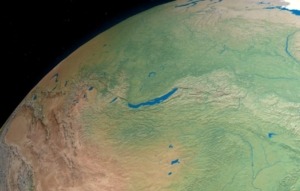
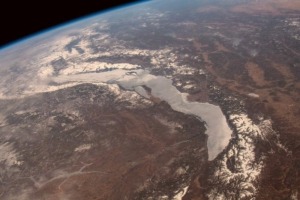 In dimensions, it is 443 miles long and 49 miles wide. For comparison, our massive Grand Canyon stretches “only” 277 miles from end to end and is a paltry 18 miles wide.
In dimensions, it is 443 miles long and 49 miles wide. For comparison, our massive Grand Canyon stretches “only” 277 miles from end to end and is a paltry 18 miles wide.
Baikal is indisputably the deepest freshwater lake in the world, putting even our Great Lakes to shame in two categories: depth and volume.
The Great Lakes were formed by glaciers scraping massive holes in the earth and then filling them with meltwater. Baikal, on the other hand, was formed by a rift in the earth’s crust and was filled to the brim by spring waters running down from surrounding mountains some 20-25 million years ago.
From a side view, it gives the impression that a primordial giant walked this way once and thrust his knife more than one full mile down into the earth’s surface (5,387 feet, to be specific).
And due to the sheer size of that geological gash, it holds an astounding 21% of all the freshwater on earth. That is 5,670 cubic miles of water, more than all five Great Lakes combined. Just WOW!
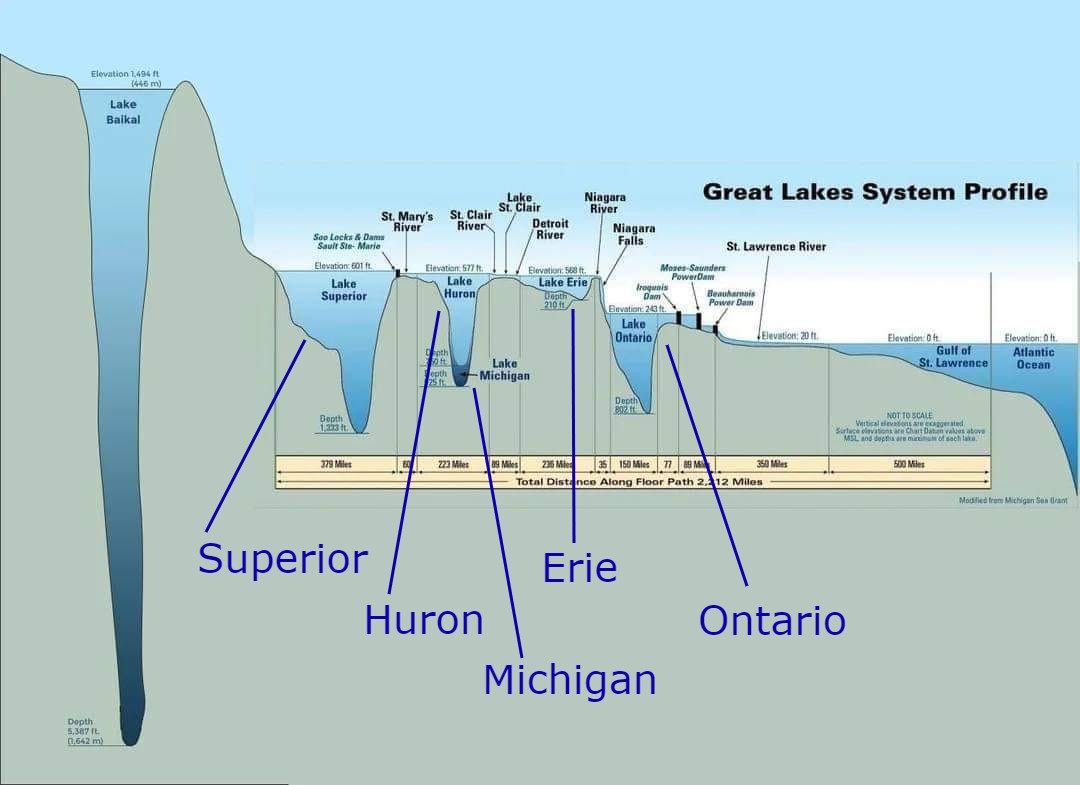
Mystical Aspect
Lake Baikal is one of only 20 ancient lakes on the face of the earth, a technical term that indicates a body of fresh water that has verifiably held water for over a million years. At the age of more than 20 million years, Baikal is probably the grand dame (or maybe grand duke) of lakes in the world, even if you discount its massive size.
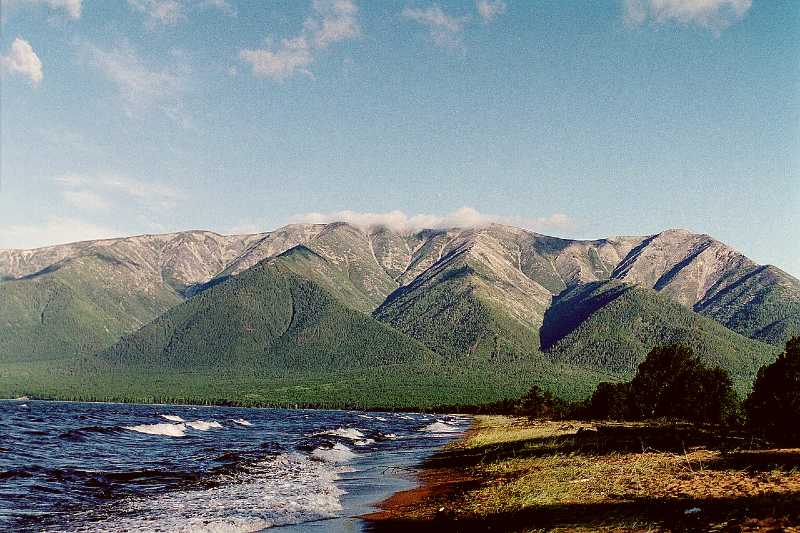
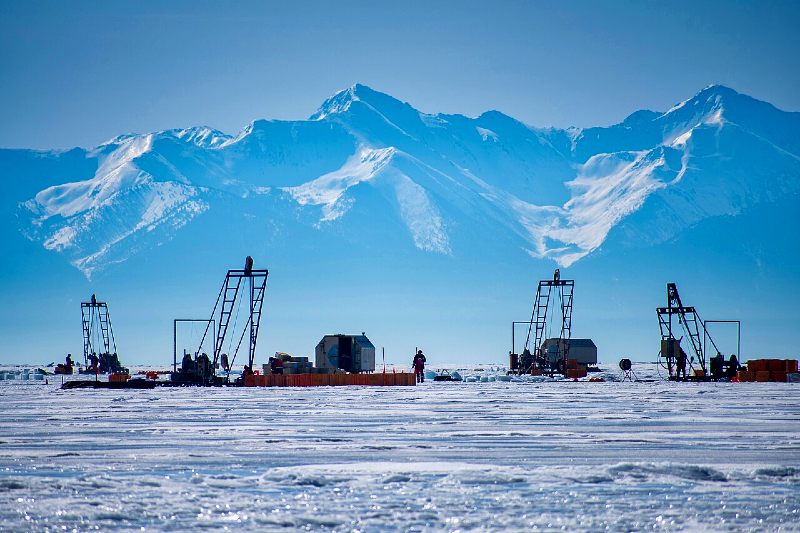
An ancient legend tells that at the time the dinosaurs went extinct some of their aquatic species survived in caves and passageways in the depths of Lake Baikal, waiting for their right time to resurface! Of course, mysterious sonar signals detected in the lake in recent decades do nothing to dispel that myth. It’s a Slavic version of the Loch Ness mystery when you think about it.
My favorite legend, however, is a Christian one. In 1861 a traveler reported that a long-standing tradition of the local inhabitants believes
…that Christ visited this part of Asia and ascended this summit, whence he looked down on all the region around. After blessing the country to the northward, he turned towards the south, and looking across the Baikal, he waved his hand, exclaiming “Beyond this there is nothing.” Thus they account for the sterility of Daouria [the region immediately south of the lake], where it is said “no corn will grow.”
Such natural wonders always take on a sort of mystical aura because the people who know them best intuit that natural things can be sacred windows to a wider dimension of reality. Given the grandeur of the place, I have no problem believing that Christ personally visited there and blessed the waters (even though He probably didn’t!)
Phenomenal Nature
The wondrous natural ecosystem hardly needs to be spiritualized. It’s as vast as the lake is deep. You would think that a gigantic water-filled chasm in the middle of Siberia wouldn’t have much to offer the world, but, in fact, the lake and its environs are a literal font of teeming life.
It all starts with water, of course, without which abundant life cannot develop. And the feeder system for this lake is simply unbelievable.
Even if it took millions of years for it to fill up, as many as 330 rivers and springs drain into it from the three surrounding mountain ranges that border the lake. Apart from the relatively recent curse of pollution from industrial runoffs and human litter, those waters are as pristine and clear as the day the earth first split to swallow them. It is said that on a crisp winter day the unaided eye can see 150 feet into the depths.
In winter time the lake can freeze up to four-and-a-half feet thick and produce legendary ice crystals, more like shards that jut out from the lake as high as 30 feet. Because of the purity of the water, they take on an aquamarine hue that is majestically beautiful.
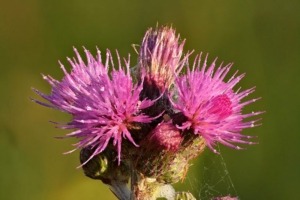 The flora and fauna are out of this world too. As Wikipedia describes it: “Lake Baikal is rich in biodiversity. It hosts more than 1,000 species of plants and 2,500 species of animals based on current knowledge, but the actual figures for both groups are believed to be significantly higher. More than 80% of the animals are endemic [i.e., native to that region alone].”
The flora and fauna are out of this world too. As Wikipedia describes it: “Lake Baikal is rich in biodiversity. It hosts more than 1,000 species of plants and 2,500 species of animals based on current knowledge, but the actual figures for both groups are believed to be significantly higher. More than 80% of the animals are endemic [i.e., native to that region alone].”
One of the most beautiful of the native plants is the colorful marsh thistle (try saying that three times fast), which can reach up to 7 feet in height. I’m not sure why a prickly weed named after a swamp makes me think of Washington DC, but it does. Anyway…
Flora and Fauna
With 3,500 species that call Baikal home, I can’t possibly note them all, but here’s a quick lineup of the significant animals that inhabit the lake and its surrounding region:
The Baikal seal is the lake’s most illustrious inhabitant and a popular tourist draw. (They are chubby little guys, don’t you think?!) But there are also:
- brown bear
- Eurasian wolf
- red fox
- sable (a type of weasel)
- stoat (a type of mink/ermine)
- Eurasian otter
- snow leopard
- moose
- elk
- reindeer
- Siberian roe deer
- Siberian musk deer (a cool-looking, sabertoothed deer; mascot of the Tesla company maybe?)
- wild boar
- red squirrel
- Siberian chipmunk
- marmot (large ground squirrel)
- lemming
- mountain hare
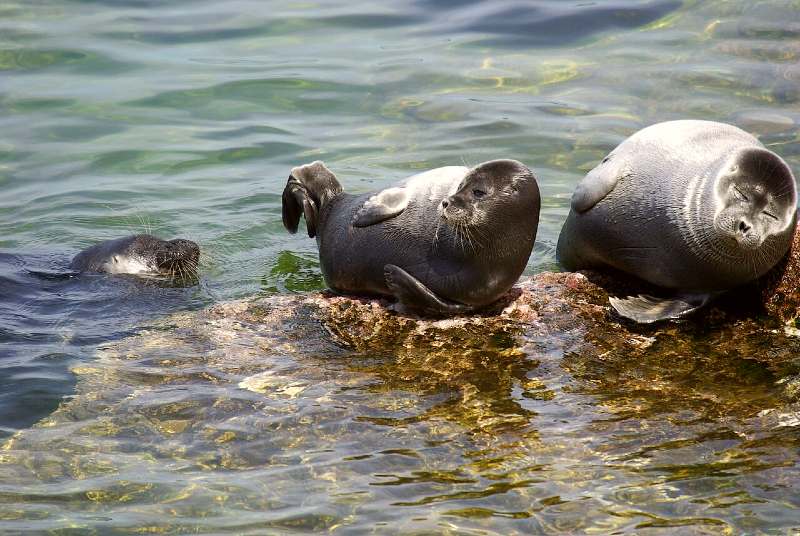
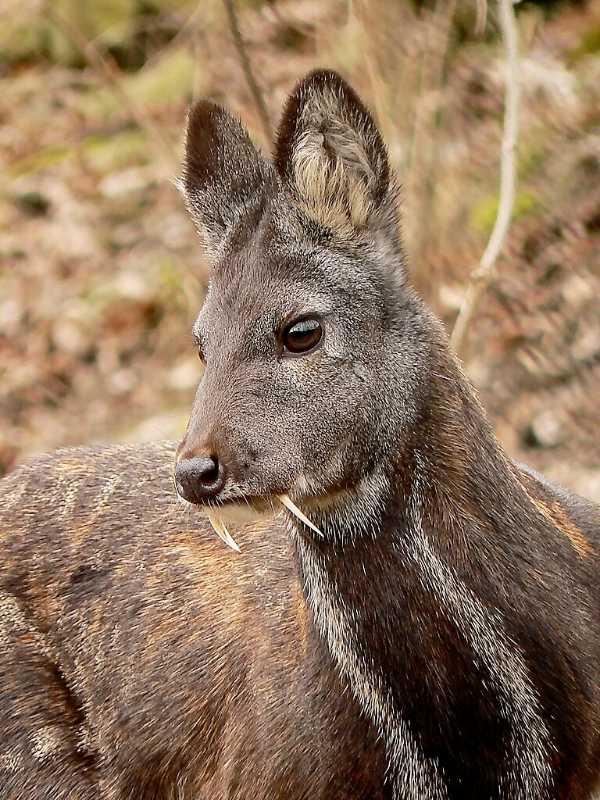
Large populations of the European bison are said to have gone extinct after the Middle Ages in that region too. But this list doesn’t exhaust all the Baikal region animals by any stretch of the imagination. There are also:
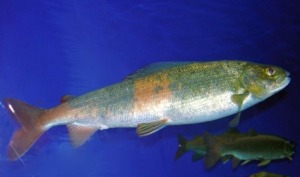 236 species of birds
236 species of birds- 65 native fish species
- More than 350 species and subspecies of crustaceans
- 60 known species of water fleas (in case you were wondering)
- More than 150 species of shrimp
- 150 species of freshwater snails
- 18 species of sponges, and
- More than 85 species of submerged aquatic plants.
I decided to leave the worst to last. The lake has almost 200 species of aquatic worms; 30 species of leeches; several hundred species of nematodes; and more than 140 endemic flatworm species (Okay, now I’m grossed out, so I will officially opt out of describing the dozens of varieties of fungi and algae in the lake.)

Healing Waters
Allow me to offer a spiritual interpretation of this marvelous natural phenomenon if you would. I envision the great Baikal gash in the earth as a massive wound that will never close. Maybe that’s overstating things a bit, but someone with a fertile imagination might think that a primordial giant used his knife to carve it out. What is clear, however, is that the earth knows wounds as well as humans do.
But rather than allow the wound to fester and draw all things into the abyss, God chose to heal it by filling it with water. What an ingenious idea! In doing so, the gigantic wound became the very ecosystem for an abundance of natural life that would not exist without it.
Perhaps that’s a metaphor for the ways in which God can turn our deepest earthly sorrows into healing waters of blessing for us and others. Human wounds (physical, emotional, spiritual) are not the end of us if we live in faith. They can be, rather, sources of life-giving grace when offered to the Lord who can take anything we offer Him and make it fruitful.
That’s why this amazing lake reminds me of something out of Revelation:
Then the angel showed me the river of life-giving water, sparkling like crystal, flowing from the throne of God and of the Lamb down the middle of its street. On either side of the river grew the tree of life that produces fruit twelve times a year, once each month; the leaves of the trees serve as medicine for the nations. Nothing accursed will be found there anymore. The throne of God and of the Lamb will be in it, and his servants will worship him. (Rev 22:1-2, ref. Ez 47)
Revelation speaks of a “river”, yes, but remember that rivers have to flow to and gather somewhere, so I think the author was indirectly speaking of a giant mystical lake like Baikal with its 300 feeders—intoxicating in appearance, luscious in fragrances, vitality, and even healing powers in its vegetation.
Let us pray that one day we will all meet by that heavenly lake to play with the Baikal seals and Arctic musk deer and be healed of all our infirmities. Please Lord!
———-
Photo credits via Wikimedia: Feature: Shard at sunrise (Discoverynn); Satellite photos of earth (Przemek Pietrak) and ISS; Great Lakes Comparison (NOAA); Mountains (Bair Shaybonov); Marsh thistle (Ivar Leidus); Siberian musk deer (Николай Усик); Green hills (Benutzer:Sansculotte); Summer hills (NikitaKovtunSlyudyanka); Car on Ice (Simon Matzinger); Ice shards (Japicoa); Snowstorm (Sergey Pesterev); Seals (Sergey Gabdurakhmanov); Panorama (Francorov); Cliffs Olkhon Island (Jason Rogers).
———-
[Note: This article is a reproduction of the Sacred Windows Email Newsletter of 11/17/24. Please visit our Newsletter Archives.]

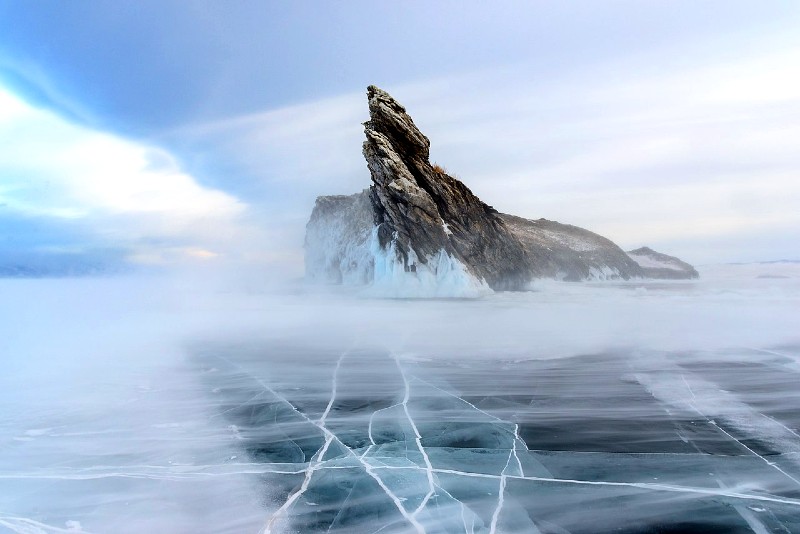
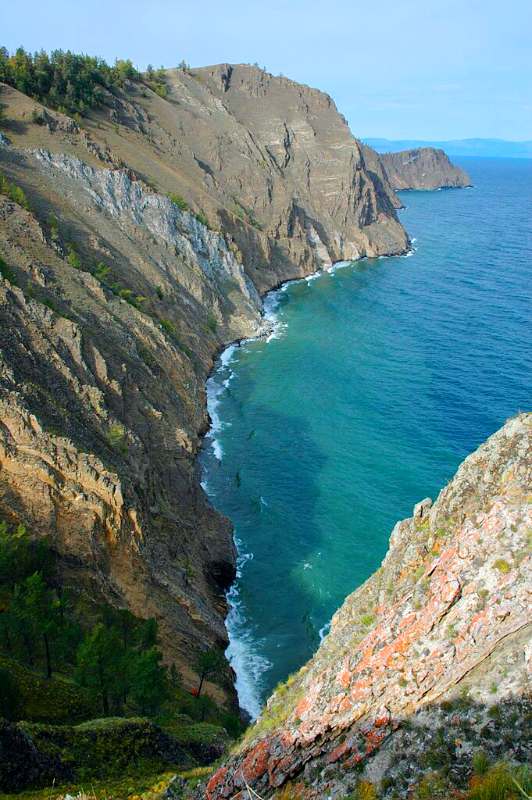
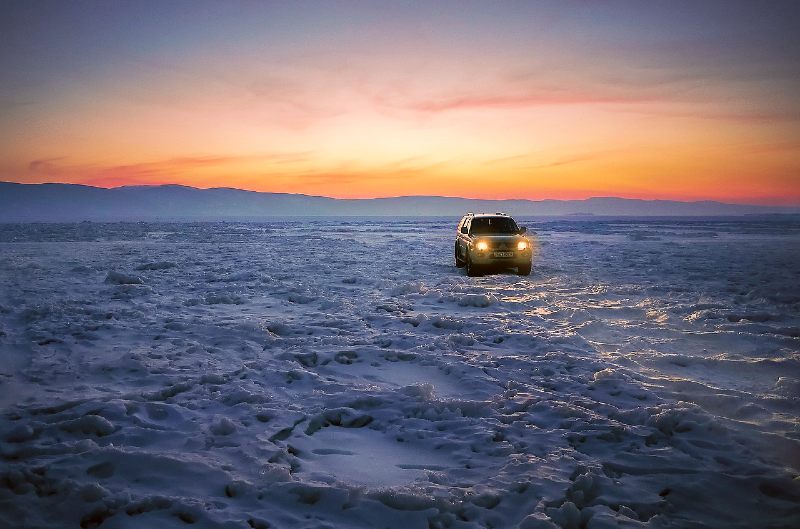
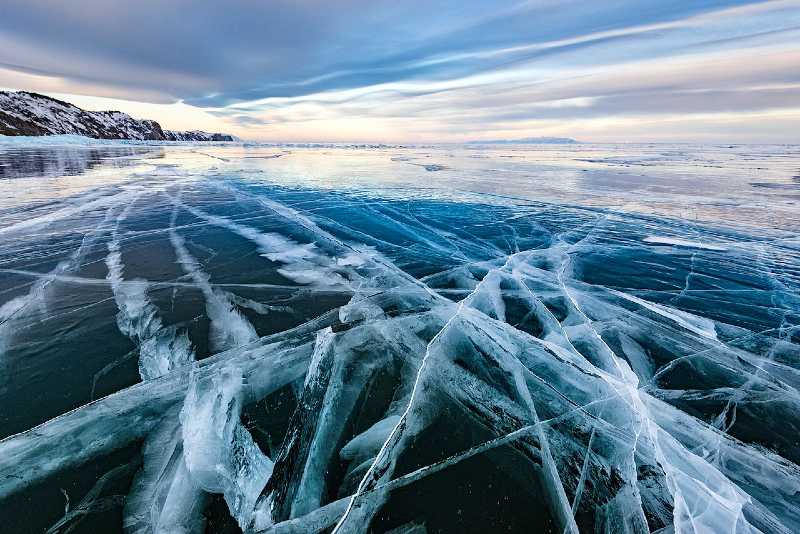
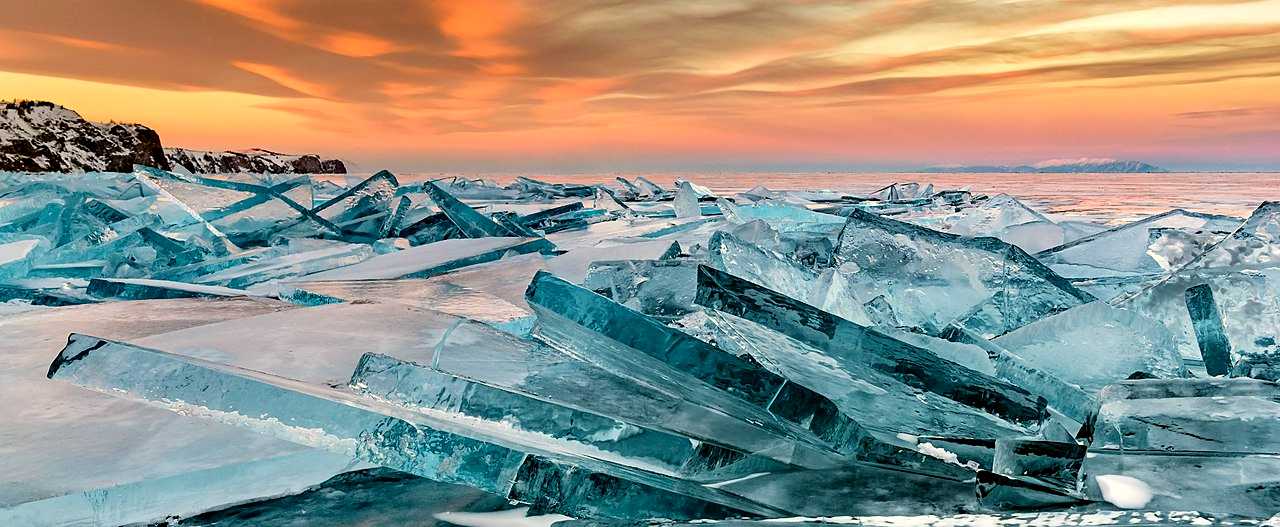
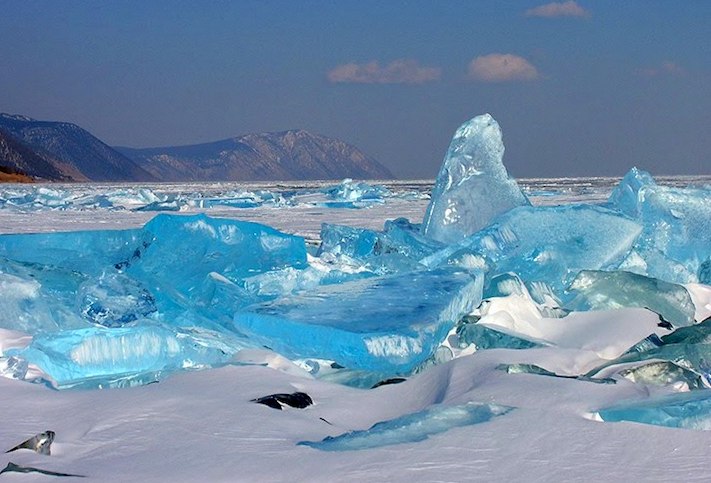
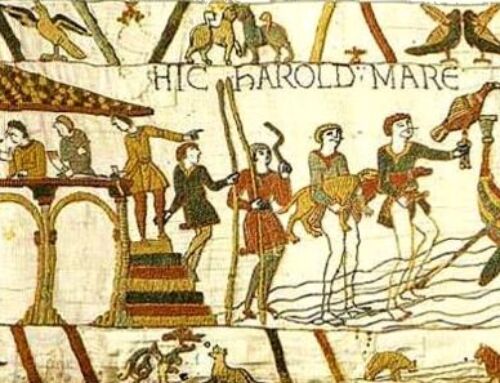
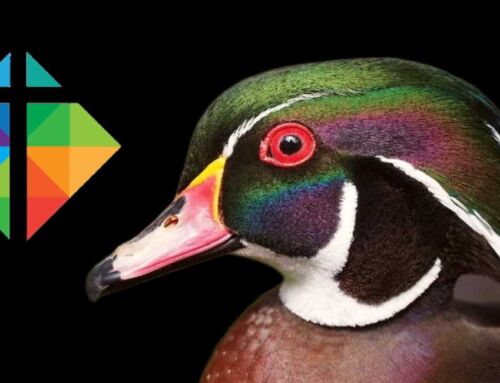

Leave A Comment